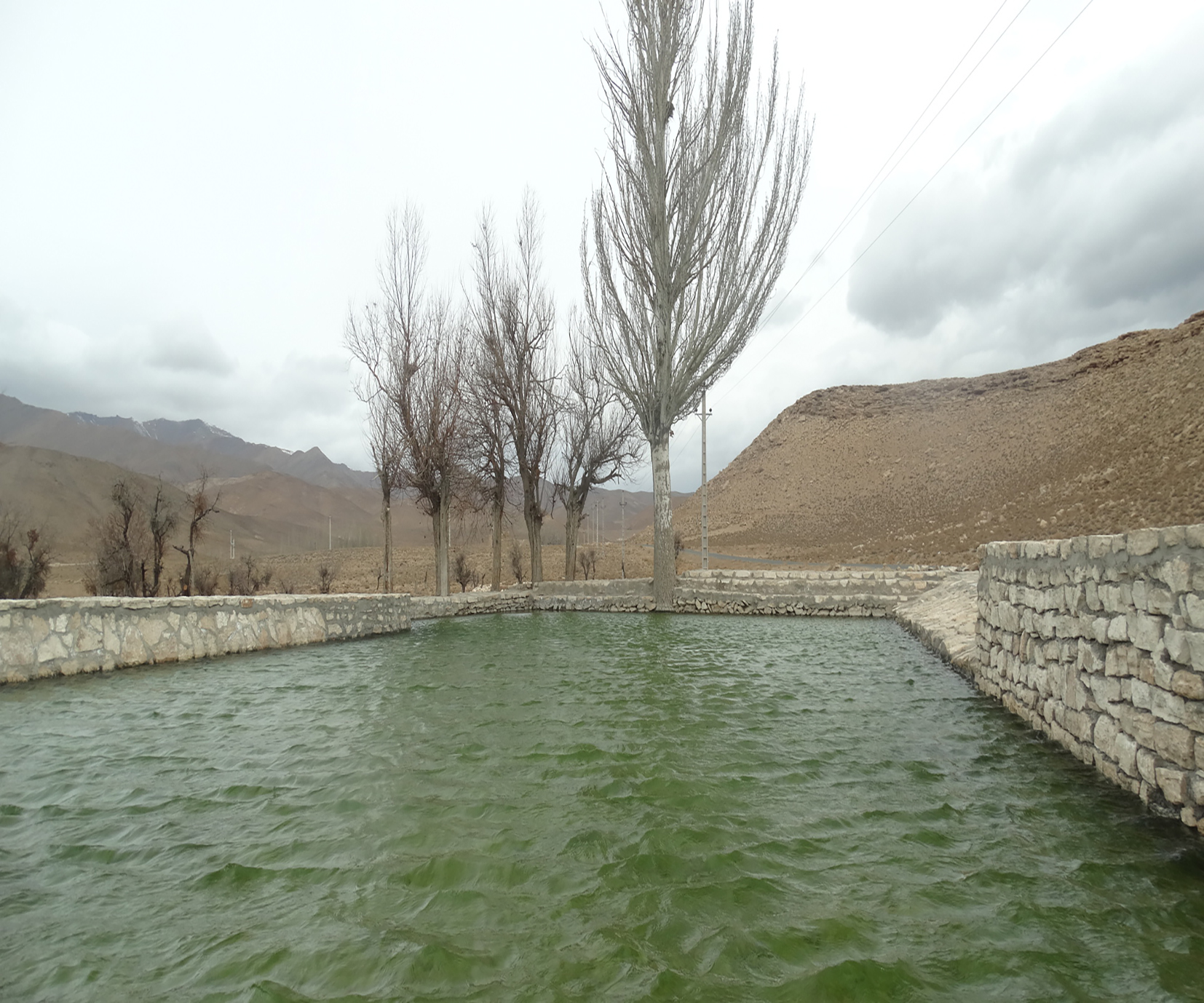Precipitation in Iran's six main catchment areas has decreased by 7% since the beginning of the current water year last September.
According to a report by the Iran Water Resource Management Company, 201 millimeters of rain fell over the last 170 days, down 7% compared to the same period in 2018, IRNA reported.
Iran is divided into six primary and 31 secondary catchment areas. The six major basins are Central Plateau in Markazi Province, Urmia Lake in the northwest, Persian Gulf and Sea of Oman in the south, Hamoun Wetlands in the east, Karakum basin in the northeast and Caspian Sea in the north.
The Persian Gulf and Sea of Oman basin in the south have had the highest rainfall at 312 mm so far, but still 14% lower than the year before when rainfall was 355 mm.
Although the Caspian Sea in the north received 314 mm of rainfall in the period (170 days) in 2018, it fell to 270 mm in 2019, down 16%.
Urmia Lake in the northwest with 199 mm experienced a 43% decline in the 170-day period compared to 2018 when 286 mm of rainfall was registered.
Karakum basin in the northeast had 106 mm of rain, down 27% compared to the previous year.
On the other hand, two basins received more rain. Over 123 mm of rainfall was registered in the Central Plateau in Markazi Province, 8% higher compared to last year.
The least amount of rain fell in the Hamoun Wetlands in the east reaching 87.5 mm, up 46% compared to 2018. Nevertheless, the river basin had the highest level of growth in precipitation compared to the previous year with 109% rise.
Severe Crisis
In related news, Mohammadreza Khaniki, head of the Base Studies Department in Tehran Water Company, said the higher precipitation in Tehran Province notwithstanding (since Sept. 2019), Tehran’s water deficit remains severe.
“Average rainfall in the province reached 167 millimeters in the past 170 days.”
Despite the rise, water wells in Tehran are in such bad shape that good rains in one or two years cannot improve the situation, he warned.
The highest level (335 millimeters) of rain was registered in Lavasanat in Shemiranat County.
Precipitation (in the 6-month period) in Cheshmeh A'la in Damavand, Firouzkouh and Simindasht (Firouzkouh County) was 290 millimeters, 103 millimeters and 100 millimeters, respectively.
“The downpours have affected (positively) surface water sources and dams that supply half of Tehran’s water. But the other 50% of potable water comes from groundwater sources that are still in bad condition” due to increasing consumption and waste, he added.
Currently, the amount of water stored in dams near the capital is 620 million cubic meters.
According to Seyed Hassan Razavi, managing director of Tehran Regional Water Company, in the distant past efforts were made to increase Tehran’s water supply by constructing Amirkabir, Latian, Lar, Mamlou and Taleqan dams. But "if imprudent use continues, the consequences could be dire."


